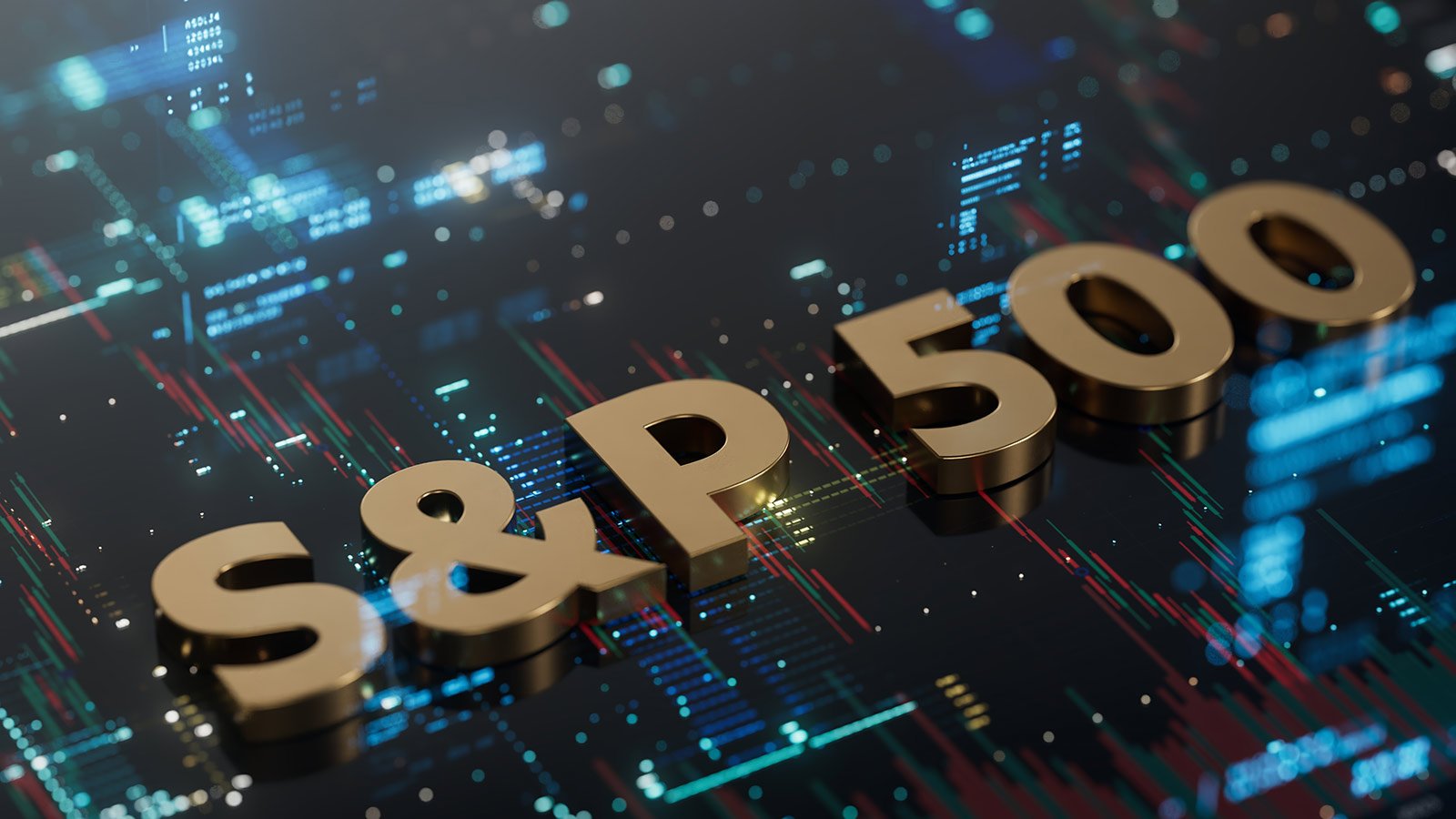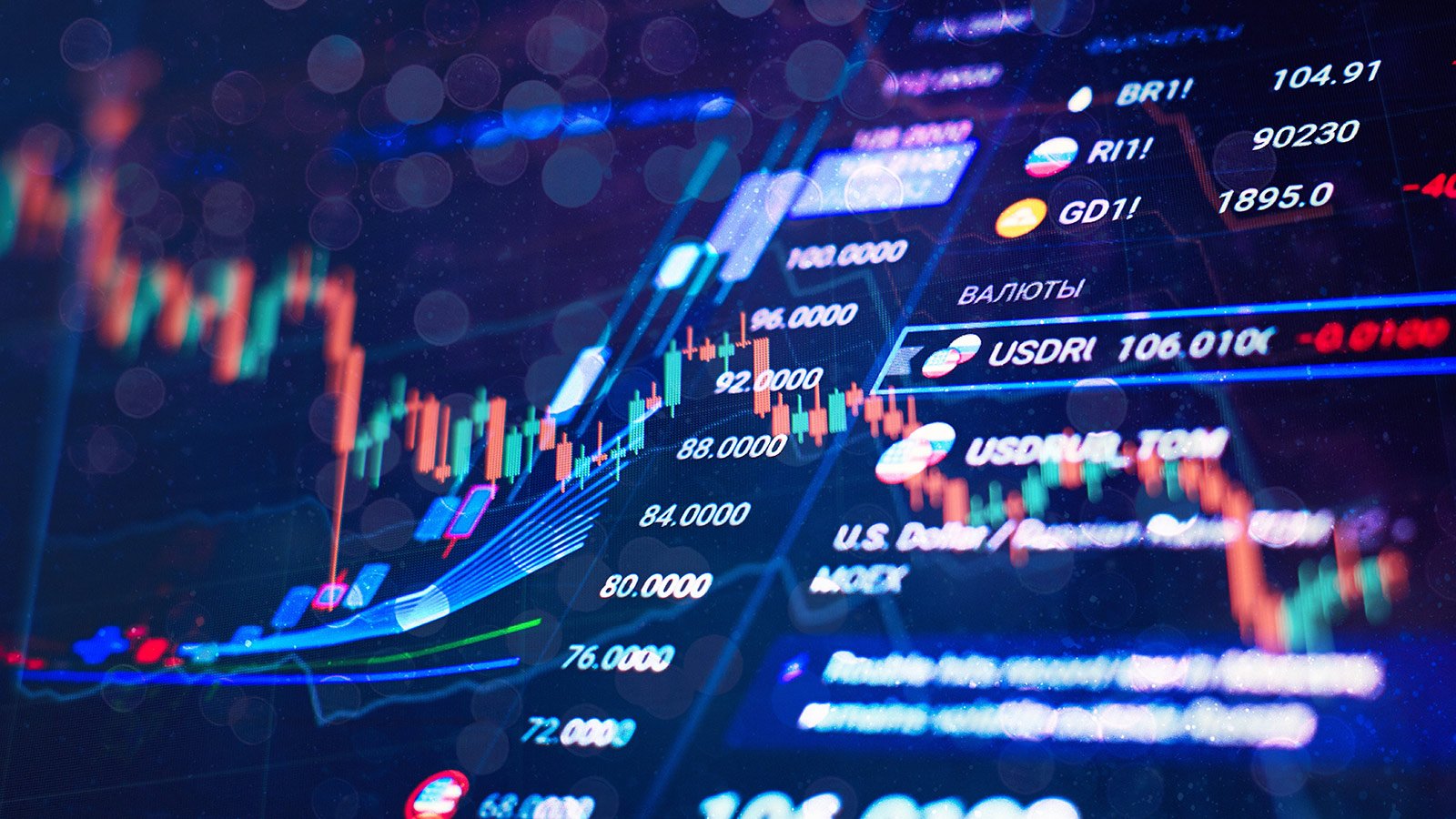Even when the price of something has gone up, it can still be a bargain. With the S&P 500 breaking through the 5,000-point barrier, is the stock market really that expensive?

S&P 500 Index Stock Market Exchange | Shutterstock.com
As the benchmark US index broke above 5,000, its price to earnings (P/E) ratio hit 20.4, a near two-year high. As a reminder, that means stock prices are on average rising faster than the profits of the underlying businesses.
How do you tell if stocks are expensive?
Valuation in stock investing is the process of determining whether a company’s stock is fairly priced, overpriced or underpriced. This involves measuring a firm’s financial health, market performance and future earning potential against the share price at that time.
Stocks are expensive when their prices are high relative to what they are intrinsically worth; this suggests investors may have paid too much because they are overly optimistic about future growth. Conversely, you can say stocks are cheap if their prices are relatively low compared with their intrinsic value, which might present an opportunity to purchase them.

Economic graph with diagrams on the stock market | Shutterstock.com
7 valuation metrics for investment
Several different metrics come in handy as one goes through the intricacies of investing to provide information on how much a stock currently costs relative to where markets expect it to be. Below are seven key examples:
|
Metric Name |
Calculation |
Interpretation |
Reasons to Use |
|
P/E Ratio (Price-to-Earnings Ratio) |
Market Price per Share / Earnings per Share (EPS) |
A high P/E ratio may indicate overvaluation or future growth optimism; a low ratio suggests undervaluation or potential issues. |
Widely used for a quick assessment of stock valuation relative to its earnings. |
|
P/S Ratio (Price-to-Sales Ratio) |
Market Capitalization / Total Sales (over the past 12 months) |
Values the company's stock price relative to its revenue, useful for evaluating non-profitable companies. |
Helpful for assessing companies with volatile or no earnings but stable sales. |
|
P/B Ratio (Price-to-Book Ratio) |
Market Price per Share / Book Value per Share |
A ratio below 1 may indicate undervaluation; above 1 suggests overvaluation. |
Important for asset-intensive companies to understand how much investors are paying for net assets. |
|
PEG Ratio (Price/Earnings to Growth Ratio) |
(P/E Ratio) / Annual EPS Growth Rate |
A ratio under 1 could imply undervaluation relative to growth expectations; above 1 may indicate overvaluation. |
Useful for evaluating growth stocks by factoring in expected earnings growth. |
|
CAPE Ratio (Cyclically Adjusted Price-to-Earnings Ratio) |
Price of Stocks / 10-Year Average of Inflation-Adjusted Earnings |
A high CAPE ratio suggests potential overvaluation compared to historical standards; a low ratio indicates undervaluation. |
Offers a long-term perspective on valuation, smoothing out short-term earnings volatility. |
|
Equity Risk Premium |
Expected Stock Market Return - Risk-Free Rate |
A higher premium indicates higher expected return for greater risk; a lower premium suggests lower expected volatility or optimism. |
Measures the extra return over risk-free assets, accounting for stock market risk. |
|
The Buffett Indicator |
Total Market Capitalization / Gross Domestic Product (GDP) |
A high ratio indicates potential market overvaluation relative to economic output; a low ratio suggests undervaluation. |
Provides a macroeconomic view of market valuation, useful for national or global market assessment. |
What do valuations say today?
Price/Earnings Ratio (P/E Ratio)
The S&P 500's trailing P/E ratio stands at 24.18, higher than its 10-year average of 20.36, indicating that stocks are more expensive relative to earnings than they have been on average over the past decade. The forward P/E ratio is at 20.38, also above its longer-term average of 17.96, suggesting optimism about future earnings growth despite a high valuation.
Price/Book Ratio (P/B Ratio)
The S&P 500 is trading at a forward P/B ratio of 4.15, significantly above both its 10-year average of 3.26 and its 20-year average of 2.76, indicating that stocks are priced at a premium relative to their book value.
Equity Risk Premium
The equity risk premium, calculated using the gap between the S&P 500's earnings yield and the 10-year Treasury yield, is at a near two-decade low of 0.7 percentage points. This low premium suggests that stocks are considered expensive compared to the safer government bonds.
Price/Earnings Growth Ratio (PEG Ratio)
The current PEG ratio of the S&P 500 is 1.48, just below its 10-year average of 1.49 but above its 20-year average of 1.35 which indicates that market valuations relative to earnings forecasts are somewhat rich but approximately in line with historical norms.
CAPE Ratio
The CAPE ratio for the S&P 500 stands at 33.4, putting it higher than 96% of all historical readings since the late nineteenth century. It suggests stocks may presently be selling at significantly larger multiples relative to history, though not as extreme as during the late nineties and 2021.
These indicators show that the current market appears high, especially by historical standards. However, optimism about future earnings acceleration due to technology, particularly in the field of artificial intelligence, has pushed up valuations and could therefore be a game-changer. This is due to investors not wanting to miss the AI boat, as was perhaps the case with the internet revolution.
*The information contained on this page does not constitute a solicitation for a transaction in any financial instrument. FlowBank SA accepts no responsibility for any use that may be made of these comments and for any consequences that may result therefrom. Any person who uses it does so at their own risk.




